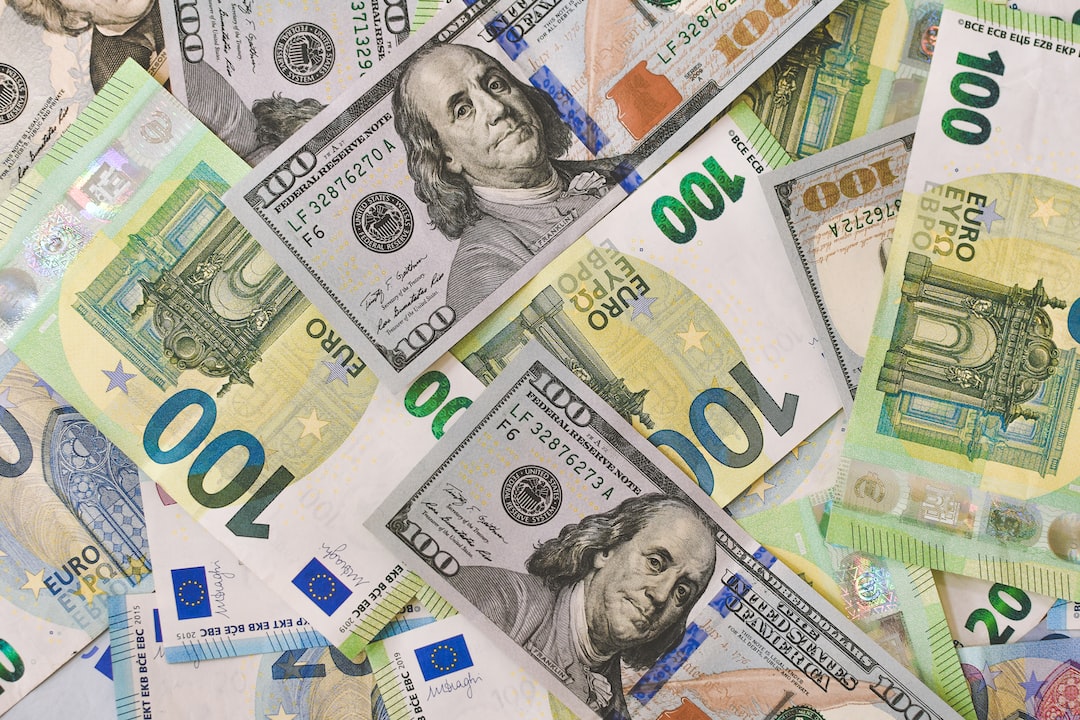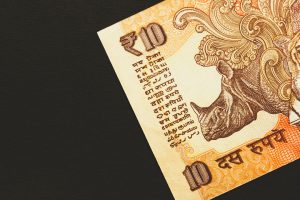Forex trading is a popular and lucrative business for many people around the world. One of the most important concepts in forex trading is leverage. Leverage is the ability to control a large amount of money with a small initial investment. In other words, it magnifies the potential profit or loss of a trade. However, using leverage improperly can also result in significant losses. In this article, we will discuss how to use leverage properly in forex trading.
Understanding Leverage
Leverage is expressed as a ratio between the amount of capital used in a trade and the amount of money that a broker lends to the trader. For example, if a trader has $1,000 in their account and the broker offers a leverage ratio of 1:100, the trader can control a position worth $100,000. In this case, the trader’s margin is $1,000, and the broker’s margin is $99,000.
Leverage is a double-edged sword. It can increase profits, but it can also increase losses. If a trader uses too much leverage, they can easily lose their entire account. Therefore, it is crucial to use leverage properly.
Risk Management
The first step in using leverage properly is to have a good risk management strategy. A trader should always calculate the maximum amount they are willing to lose before entering a trade. This amount should be a percentage of their account balance. For example, a trader may choose to risk 2% of their account balance on each trade.
Once the maximum amount of risk has been determined, the trader can calculate the appropriate lot size for the trade. A lot is a unit of measurement in forex trading. Standard lots are 100,000 units of the base currency. Mini lots are 10,000 units of the base currency, and micro lots are 1,000 units of the base currency.
For example, if a trader has a $10,000 account balance and is willing to risk 2% on a trade, their maximum risk is $200. If they are trading EUR/USD, and the current exchange rate is 1.2000, they can calculate the appropriate lot size as follows:
Lot size = (Risk / (Stop loss in pips x Pip value)) / Leverage
Assuming the trader’s stop loss is 50 pips, and the pip value for EUR/USD is $10, the appropriate lot size is:
Lot size = ($200 / (50 x $10)) / 100 = 0.04
In this case, the trader should enter a trade with a lot size of 0.04, which is equivalent to 4,000 units of EUR/USD.
Using Stop Losses
Another important aspect of using leverage properly is to use stop losses. A stop loss is an order that closes a trade automatically if the price reaches a certain level. It helps to limit losses and prevent a trader from losing more than they are willing to risk.
When using stop losses, it is important to set them at a reasonable level. If a stop loss is set too close to the entry price, it may be triggered by normal price fluctuations, resulting in unnecessary losses. On the other hand, if a stop loss is set too far away, it may not provide adequate protection against significant price movements.
Determining the appropriate stop loss level depends on the trader’s risk management strategy and the market conditions. A trader should always consider the volatility of the market and adjust their stop loss accordingly.
Final Thoughts
In conclusion, leverage is a powerful tool in forex trading, but it should be used properly to avoid significant losses. A trader should have a good risk management strategy, use appropriate lot sizes, and set reasonable stop losses. By following these principles, a trader can use leverage to their advantage and achieve their trading goals.





